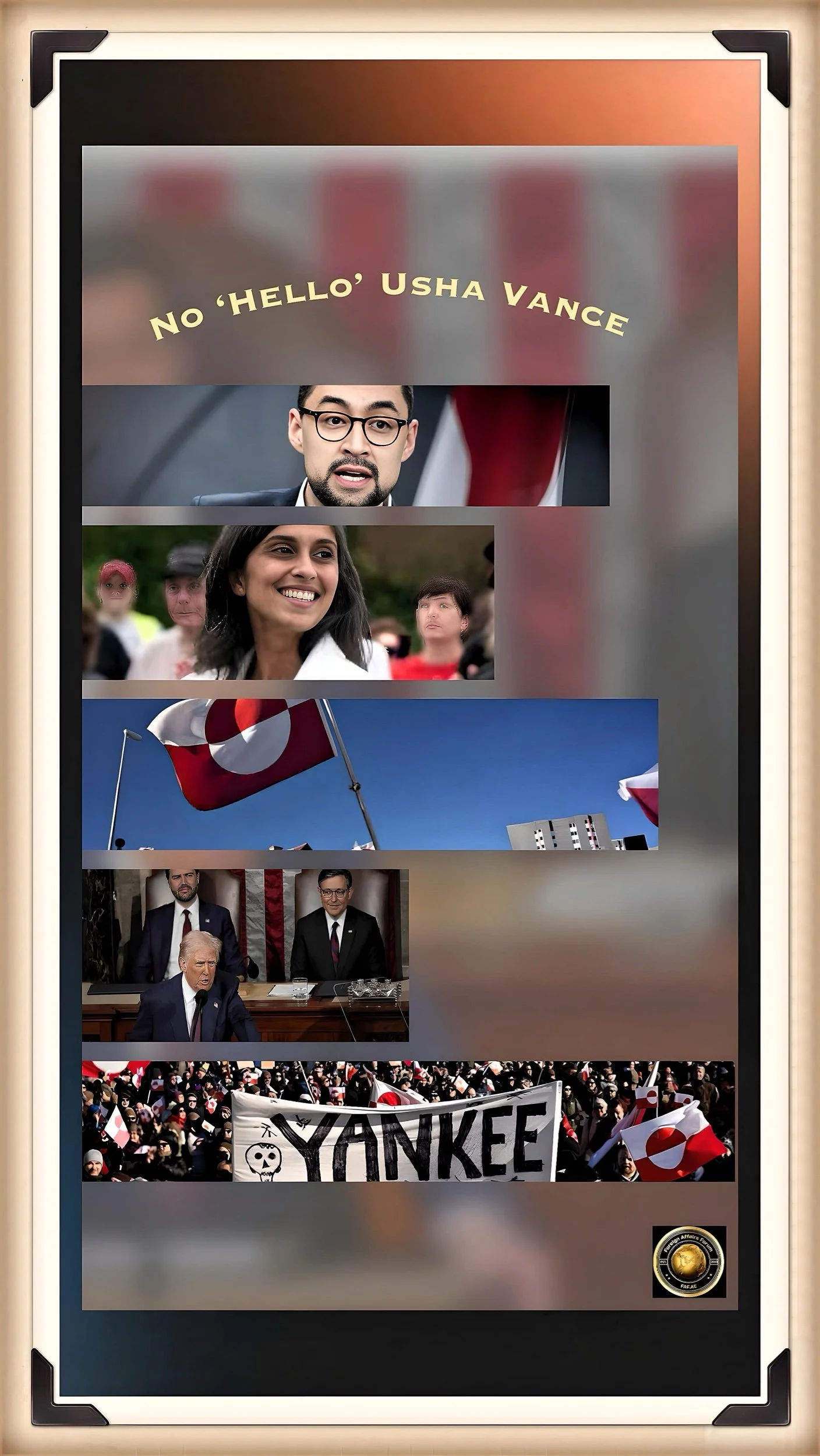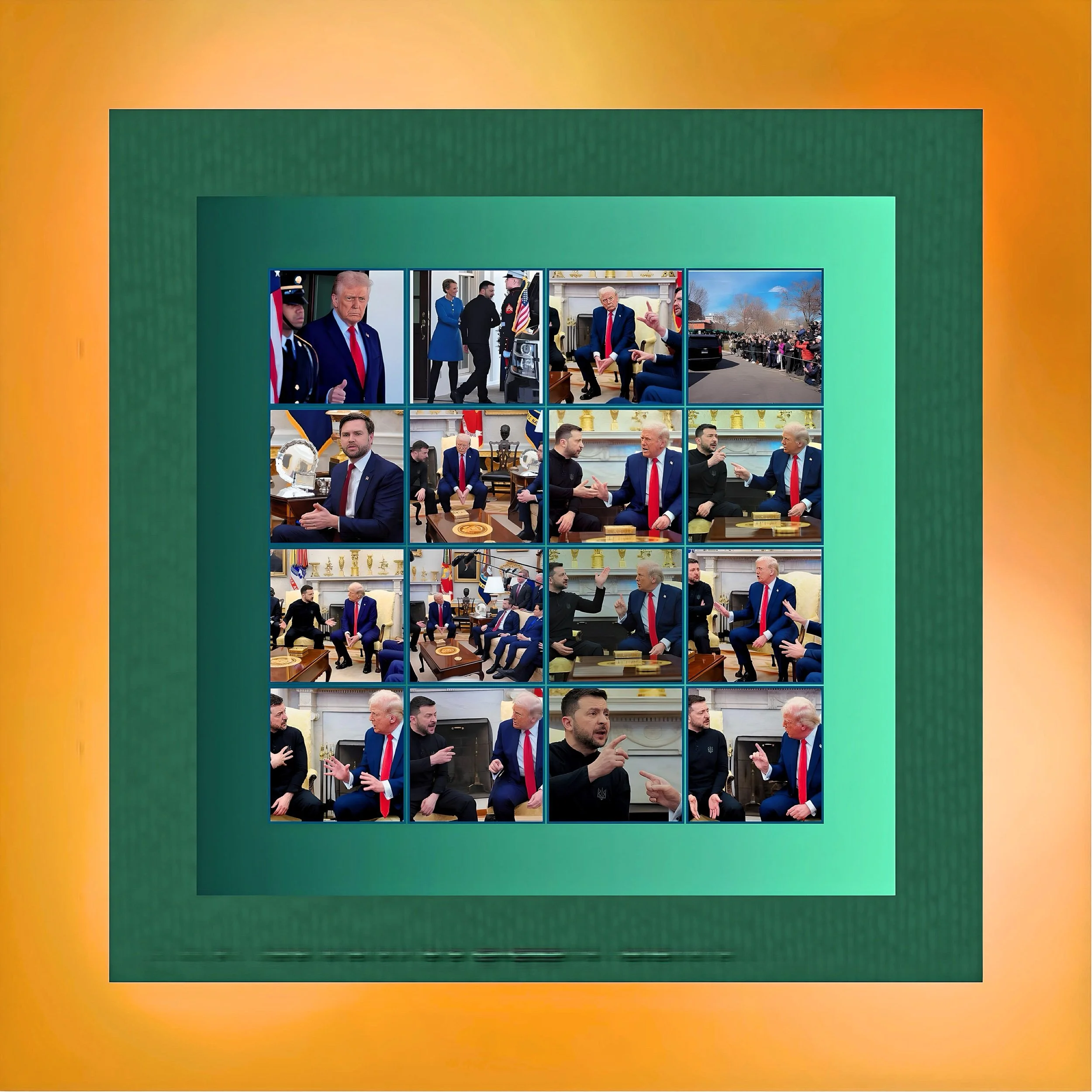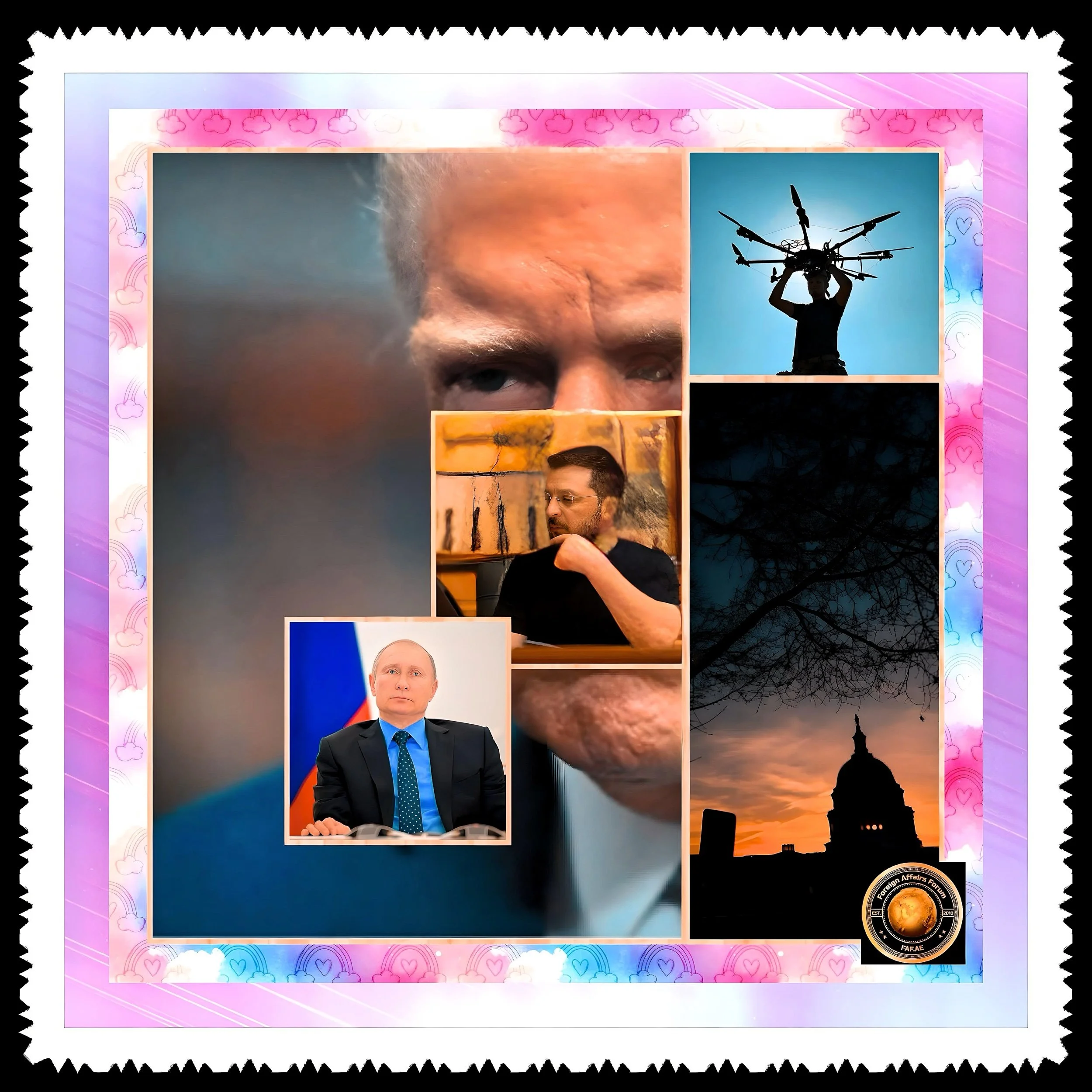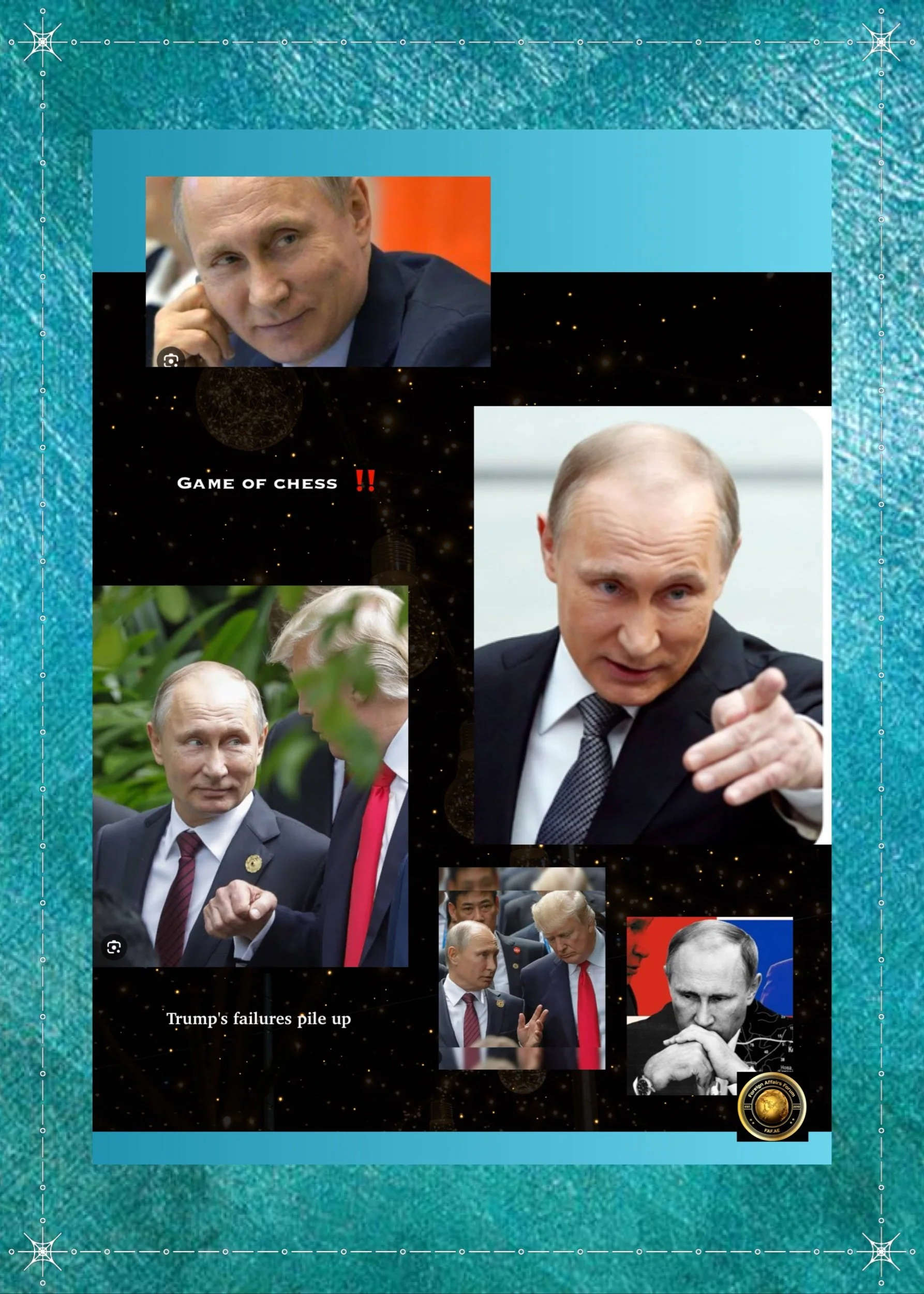Buy one and get one free? Putin’s Strategic Victory: How Russia Secured Time and Leverage Without a Full Ceasefire
Introduction
The recent negotiations between Russian President Vladimir Putin and U.S. President Donald Trump have resulted in what many analysts call a diplomatic win for Moscow.
Rather than accepting Trump’s push for a comprehensive 30-day ceasefire in Ukraine, Putin managed to secure a more limited agreement while simultaneously advancing Russian economic interests and gaining valuable time.
Our analysis examines how Putin effectively executed a “buy one get one free” strategy—gaining Trump’s cooperation while buying critical time—without committing to a complete ceasefire.
Putin’s Limited Concession Strategy
On March 18, 2025, following a two-hour phone call with Trump, Putin rejected the U.S. proposal for a comprehensive 30-day ceasefire that Ukraine had reportedly already accepted. Instead, he agreed only to a limited “energy and infrastructure ceasefire”—essentially promising to pause attacks on Ukrainian energy facilities for 30 days.
This selective acceptance allowed Putin to appear cooperative while avoiding substantive military constraints.
“Vladimir Putin has dismissed the prospect of an immediate and comprehensive ceasefire in Ukraine, agreeing solely to suspend assaults on energy facilities after a conversation with U.S. President Donald Trump,” reports the BBC.
The Russian leader asserted that a thorough truce could only be feasible if the “influx of foreign military assistance and intelligence sharing with Ukraine ceased”—a condition Ukraine’s European allies have already rejected.
This calculated maneuver demonstrates Putin’s diplomatic acumen.
By offering a partial concession, he positioned himself as reasonable and open to negotiation while maintaining maximum flexibility for Russian military operations across most fronts.
The Minerals Gambit
A particularly shrewd element of Putin’s strategy involves his counterproposal to Trump’s attempts to secure access to Ukraine’s rare-earth minerals.
As Trump was pressuring Ukraine to grant the United States preferential access to its valuable mineral resources, Putin stepped in with a competing offer.
“With Volodymyr Zelenskyy balking at Donald Trump’s bid for Ukraine’s critical rare earth minerals, the Kremlin is attempting to persuade the United States president that Russia can offer a better deal,” reported Politico.
Putin publicly declared Russia’s willingness to work with “American partners, including private companies” on accessing rare-earth minerals.
Putin specifically highlighted that Russia possesses “significantly higher resources of this kind than Ukraine” and even offered access to minerals from territories Russia has occupied since launching its full-scale invasion of Ukraine.
In a televised statement, Putin referred to these as “our historical territories, which have returned to the Russian Federation”—a provocative framing that nonetheless served to tempt Trump, who had previously expressed interest in such deals, stating, “I’d like to buy minerals on Russian land, too.”
Buying Time: The Strategic Pause
The limited ceasefire agreement provides Russia valuable time to regroup, rearm, and reassess its military strategy without making substantive concessions.
Military analysts point out that Putin’s troops have recently gained significant advantages in the Kursk region, where Ukrainian forces have lost much of the territory they had seized in a surprise offensive last summer.
With thousands of North Korean soldiers now bolstering Russian forces, Putin has little incentive to agree to a comprehensive ceasefire that would freeze the current front lines.
“Putin has made it abundantly clear that he is in no rush,” reports the BBC.
His firm opposition to the U.S. two-step approach, which sought an interim ceasefire before addressing a longer-term agreement, reveals a calculated patience.
Instead, Putin insists that any negotiations must tackle what he perceives as the “root causes of the war.”
Trump’s Eagerness for a Deal
Trump’s evident desire for a quick resolution to the conflict has facilitated Putin's strategic success. Multiple sources characterize Trump as “wholly transactional” with “no particular alignment to Ukraine or Russia.”
His primary motivation appears to be securing a deal to enhance his legacy as a peacemaker.
“Trump just wants a deal. Peace would stop the killing, as he has said repeatedly. It would also allow for deals which can benefit America: recouping the taxpayer money spent on Ukraine and reconnecting the American economy with Russia,” reports Sky News.
This eagerness for a diplomatic victory has created leverage that Putin has skillfully exploited.
The limited nature of the agreement also allows Putin to test Trump’s commitment without sacrificing Russia’s strategic position.
As one analyst noted, “President Trump is in a hurry for a deal - so much so he is inclined to accept wholly disingenuous commitments from Russia.”
Economic Enticements and Diplomatic Leverage
Beyond the minerals offered, Putin has extended additional economic enticements to the United States. He suggested Russia could resume selling aluminum to the U.S., saying Moscow was ready to supply “about 2 million tons to the American market”.
These economic overtures serve a dual purpose: they appeal to Trump’s business-oriented approach to foreign policy while creating potential divisions between the U.S. and its European allies.
The contacts between Trump and Putin have “spooked European leaders who fear the United States could be turning its back on Europe in the hope of striking a peace deal with Russia as part of some broader grand bargain encompassing oil prices, the Middle East and competition with China.”
Further complicating matters, there are indications that Trump and Putin may have had more contacts than the two publicly announced phone calls.
When asked about this possibility, Kremlin spokesman Dmitry Peskov gave a cryptically suggestive response: “Listen, we inform you about the conversations that we are aware of., But we can’t rule out everything else.”
Implications for Ukraine
For Ukraine, Putin’s diplomatic maneuvering presents significant challenges. President Volodymyr Zelensky has insisted that “Ukraine’s sovereignty is not negotiable, and Russia must surrender the territory it has seized.” He has warned that Moscow’s ambitions will not stop at Ukraine if Russia is allowed to keep the territory it has occupied.
The initial U.S. strategy that focused pressure on Ukraine now appears misguided. “The White House had come to view President Zelensky as an impediment to peace,” according to the BBC.
This approach strained transatlantic relations and “created a diplomatic rift between Europe and the U.S. that required time to mend, allowing Putin to observe and patiently wait.”
Zelensky has shifted his approach in response, becoming more “transactional” with Trump.
However, this has not resulted in substantive security guarantees. Initially, “Zelensky contended that he could only agree to a deal if the U.S. guaranteed future Russian aggression.
The White House countered, asserting that the presence of U.S. mining firms and personnel would be sufficient deterrents”.
Conclusion
Putin’s Diplomatic Chess Game
Putin’s approach to negotiations with Trump demonstrates sophisticated strategic thinking. By agreeing to a limited ceasefire focused only on energy infrastructure rather than a comprehensive halt to hostilities, Putin has:
Created the appearance of good faith engagement with peace efforts
Offered economic incentives directly appealing to Trump’s business-oriented worldview
Maintained Russia’s military flexibility on the ground
He gained time to strengthen his position while imposing conditions he knew Ukraine and its European allies would find difficult to accept
Positioned himself to drive wedges between the U.S. and its NATO allies, potentially
This “buy one get one free” strategy—gaining Trump’s cooperation while buying critical time—without committing to a complete ceasefire represents a significant diplomatic victory for Putin.
It highlights the challenges facing Ukraine and its allies as they attempt to counter Russia’s combination of military pressure and strategic diplomacy.
It remains uncertain whether this limited agreement will eventually lead to a more comprehensive peace deal.
Still, Putin has maximized his leverage while minimizing his concessions—a textbook example of effective diplomatic bargaining.






